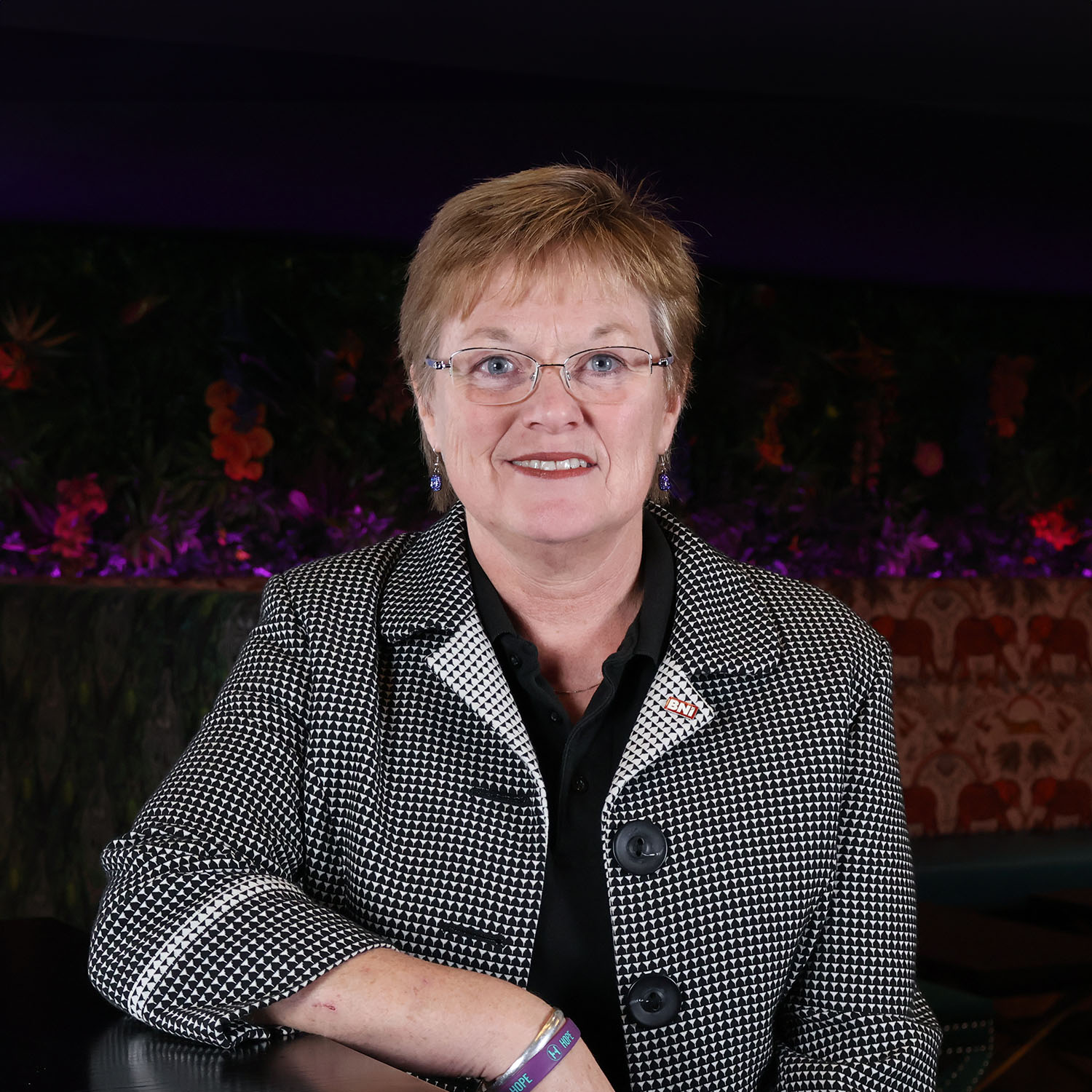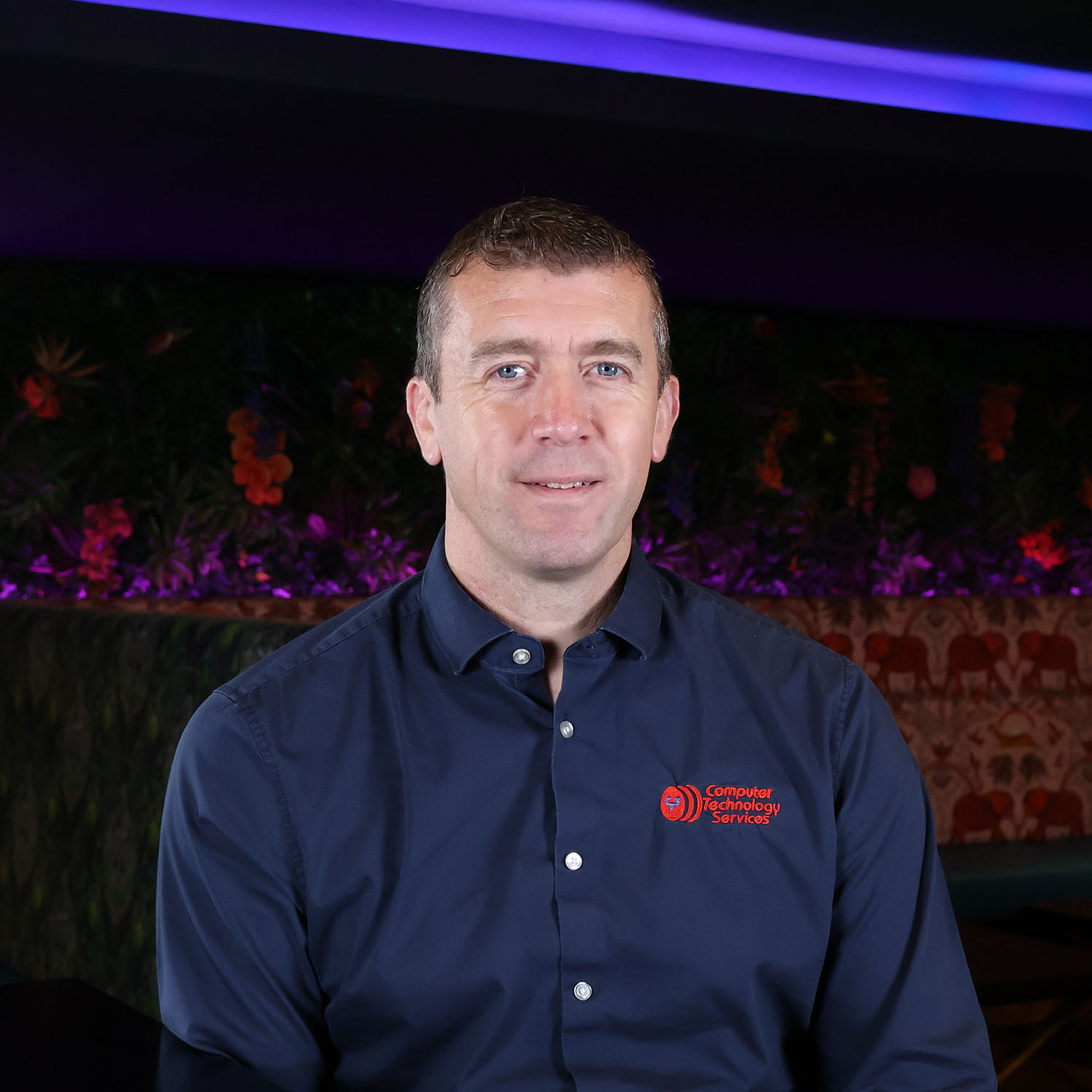With so many marketing options available – social media, email, Google Ads, SEO, video, and more – it’s easy to feel overwhelmed. The key isn’t to be everywhere. It’s to be where your audience is and where your time and budget can have the biggest impact.
At Who’s Listening, we help businesses find the right marketing mix – not based on trends, but on what will actually generate results. Here’s how you can approach choosing the right channels for your business.
Start With Strategy, Not Tactics
Before jumping into tools or platforms, you need a clear understanding of your goals. Are you trying to:
– Drive more leads?
– Increase brand awareness?
– Retain existing customers?
– Boost website traffic?
For example, a local trades business we work with wanted more inbound leads. Rather than spreading efforts across multiple channels, we focused on a local Meta ad campaign – leading to a 77% increase in monthly enquiries within 2 months.
Know Where Your Audience Spends Time
Each marketing channel caters to a different type of user:
– Instagram & TikTok – younger, visually driven audiences.
– LinkedIn – B2B professionals and decision-makers.
– Email – great for nurturing existing relationships.
– Google Search – for high-intent users ready to buy.
Understanding where your customers hang out online helps ensure you’re not shouting into the void.
Match Channels to Your Sales Funnel
Different channels serve different purposes at different stages of the customer journey:
– Top of funnel (awareness): Organic social, video content, blogs.
– Middle of funnel (consideration): Email marketing, case studies, SEO.
– Bottom of funnel (conversion): Google Ads, retargeting, landing pages.
A software company we supported used YouTube videos for awareness, LinkedIn content to build authority, and targeted Meta Ads to drive conversions. Each piece served a role in the wider funnel.
Don’t Underestimate Budget and Resources
If you only have 2 hours a week to market your business, focus on channels you can sustain. It’s better to do one thing well than stretch across five platforms and burn out.
If resources are restricted, we often recommend starting small – nail your email strategy or LinkedIn content before adding more complexity.
Experiment, Then Refine
No strategy is perfect from day one. Test, analyse, and adapt. Track key metrics (like engagement, cost-per-lead, conversion rate) and be willing to pivot.
For example, you may feel your audience would be on one platform, but through remarketing you can target them cross-platform and provide them information at a time which may be more suitable to digest (evenings/weekends).
Need Help Building Your Channel Strategy?
Who’s Listening works with businesses across the UK as part of the Outsourced Business Support Group (OBSG), helping you map out and execute a digital strategy that matches your goals, budget, and audience.
From social media and email to video and paid ads, we help you make smarter decisions, not just do more stuff. Find out more about our services here or feel free to get in touch for a free consultation.

























